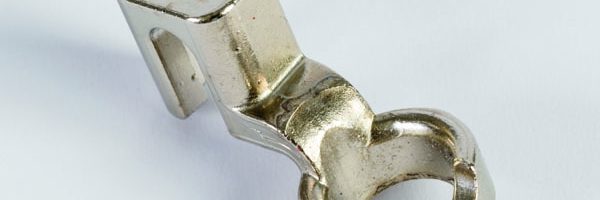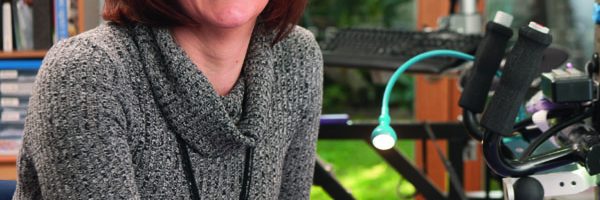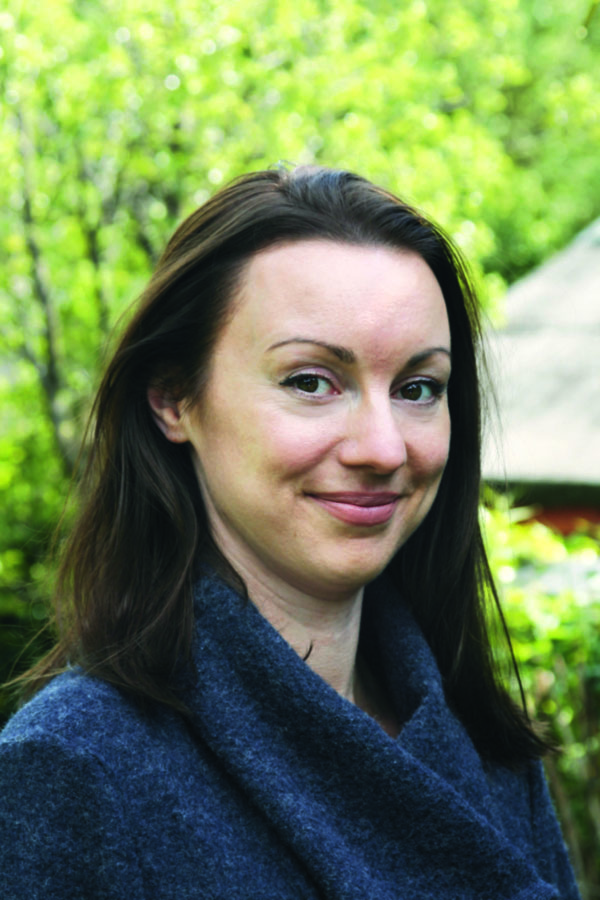
Desginer Edge – Maria Wigley (Selvedge)
Classy cursive, long, loose thread ends and lacy lettering. Maria Wigley’s ‘threadmanship’ is practised and precise … making text float is no mean feat! by Janai Velez
An array of writings is translated into stitched artworks by the UK-based textile artist Maria Wigley. “Poetry and songs have a huge influence on my work, as does listening to anecdotes about other peoples’ lives. I certainly do not see myself as a writer, but I do involve my own thoughts as stitched text.”

Her floating embroidered text is created using strong, soluble fabric, thread, a darning presser foot, sewing machine and an embroidery hoop. Maria Wigley free-machine embroiders the text and then dissolves the fabric. “The key to creating anything using soluble fabric is making sure you don’t have any floating islands.
That way, the entire pattern is joined up. If there are any such areas, like the dot over an ‘i’, you can use monofilament thread to join them up invisibly,” Maria Wigley says. “In my ‘Letter’ collection, I treat the paper [for the envelopes] with a special solution I came up with myself.
I really like the delicate nature that this gives the paper, lending itself well to the floating embroidered text.” She also combines other media, such as photography (mainly pictures of places and buildings in Birmingham and Walsall) and drawings with her embroidery.
Make a quilt using precut fabrics and learn how to quilt-as-you-go!
That way, the entire pattern is joined up. If there are any such areas, like the dot over an ‘i’, you can use monofilament thread to join them up invisibly,” Maria Wigley says. “In my ‘Letter’ collection, I treat the paper [for the envelopes] with a special solution I came up with myself.
I really like the delicate nature that this gives the paper, lending itself well to the floating embroidered text.” She also combines other media, such as photography (mainly pictures of places and buildings in Birmingham and Walsall) and drawings with her embroidery.
I really like the delicate nature that this gives the paper, lending itself well to the floating embroidered text.” She also combines other media, such as photography (mainly pictures of places and buildings in Birmingham and Walsall) and drawings with her embroidery.
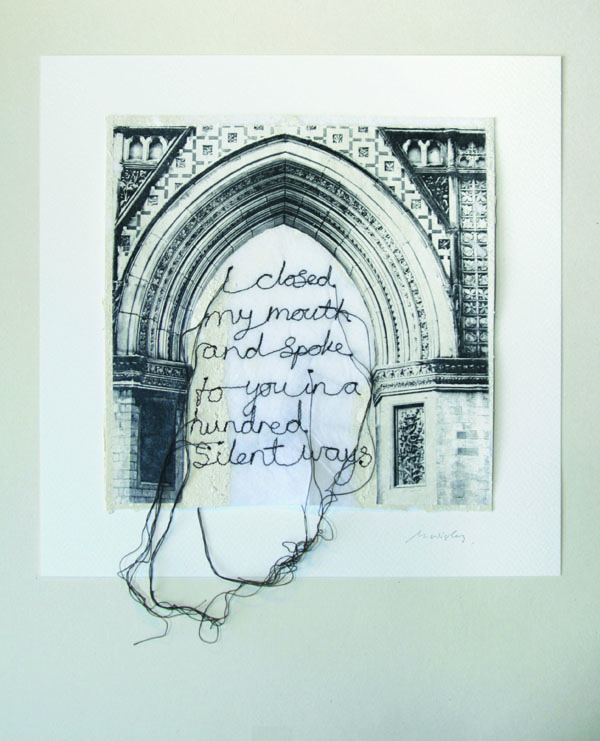
“When I start generating art, I usually have a direction of where I want to go but I always allow an element of serendipity. Based on research, I ask questions, test ideas and play with materials to see how they all react.
I tend to do this by assembling pieces that I’ve created; bits of text, photography, materials, etc, so that I can explore initial ideas, watching them change and grow almost by themselves. Then, suddenly, the art starts to dictate itself – that’s my favourite step, it’s like a eureka moment,” says Maria Wigley.
I tend to do this by assembling pieces that I’ve created; bits of text, photography, materials, etc, so that I can explore initial ideas, watching them change and grow almost by themselves. Then, suddenly, the art starts to dictate itself – that’s my favourite step, it’s like a eureka moment,” says Maria Wigley.
“The most challenging step, without a doubt, is finding the time and headspace. Just being able to think and contemplate ideas before even plugging in my sewing machine can take an incredible amount of energy and time. However, I find that immersing myself in my art can be one of the most de-stressing distractions available to me,” she says.
However, I find that immersing myself in my art can be one of the most de-stressing distractions available to me,” she says.
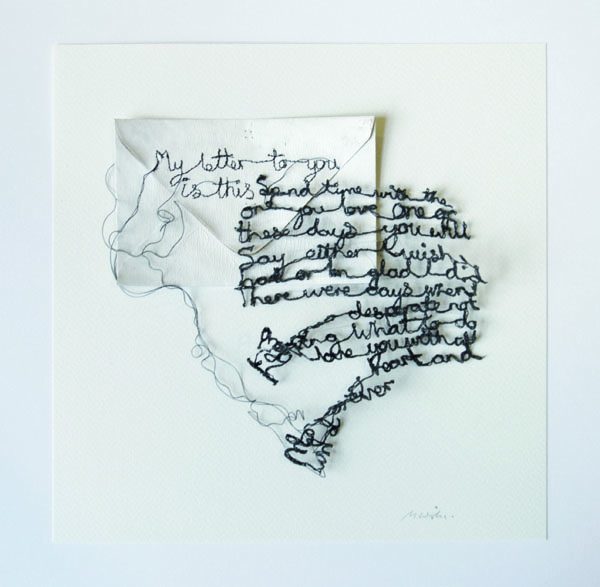
Along with juggling family, friends and creating art, Maria Wigley is also a part-time lecturer at a local college, teaching art and design to 16-plus-year-olds. And she’s a freelance educator in galleries, offering workshops to children and adults. Her art has been featured in group exhibitions and she sells her work at art fairs and as private commissions.

Create a quilt with different precut fabrics!
Hardly a moment is left to be idled away. Maria Wigley fits in some creative stitching even during mundane tasks. “While I was on maternity leave, I didn’t get the chance to do much of my art. But sometimes I needed to repair clothes, and I found myself embroidering onto them just so I could get my ‘embroidery hit’”. Putting thread to
But sometimes I needed to repair clothes, and I found myself embroidering onto them just so I could get my ‘embroidery hit’”. Putting thread to the fabric may be just as beneficial as a pen to paper.
To find out more about Maria Wigley, of Maria Wigley Textile Artist, visit www.mariawigley.co.uk.

